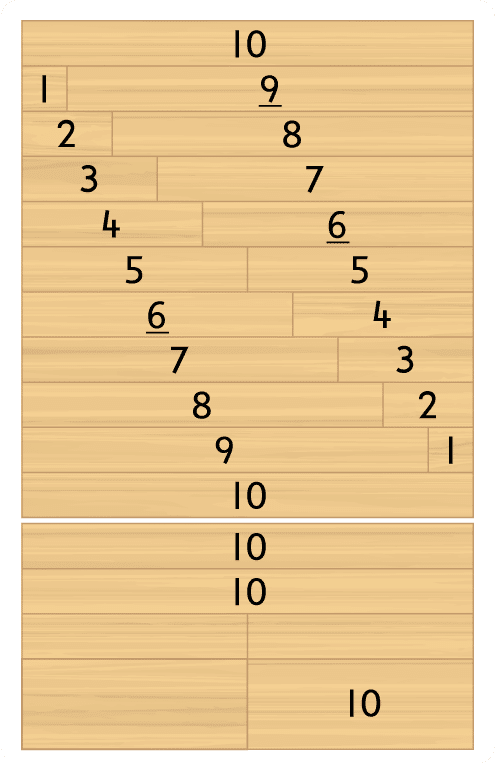Algebraical Experience Material or Algebra Blocks
• NUMBER: Integers
• Algebra
There are many types of abacus. The Chinese, Japanese and Russian Abacuses are all used to perform calculations. Each one of these abacuses differs in terms of the configuration of the beads on a frame. The following are two examples:


Mathematical Language
Add, subtract, count, exchange, place value, trade.


Using the Place Value Abacus
The Place Value Abacus assists with the development of Place Value. Nine washers may fit on any prong, but ten cannot. Once ten washers are placed on any prong they must be exchanged (traded) for one washer on the prong to the left.
In essence, 10 ones are traded for 1 ten and 10 tens are traded for 1 one-hundred. As washers move one place to the left they acquire a value tens times as much. This is the basis of our base ten place value system.
When a washer is moved one place to the right it is only worth one-tenth as much.
Two or more Place Value Abacuses may be joined to emphasise the Hundred Tens Ones (HTO) system of naming numbers. A pattern is formed in the way that we name numbers. There are Hundreds, Tens and Ones of millions, Hundreds, Tens and Ones of thousands and Hundreds, Tens and Ones of ones.

Using the Place Value Abacus
A class would require a minimum of 4 Place Value Abacuses in order to show place value into the billions.
A class set:
– 16 Place Value Abacuses.
